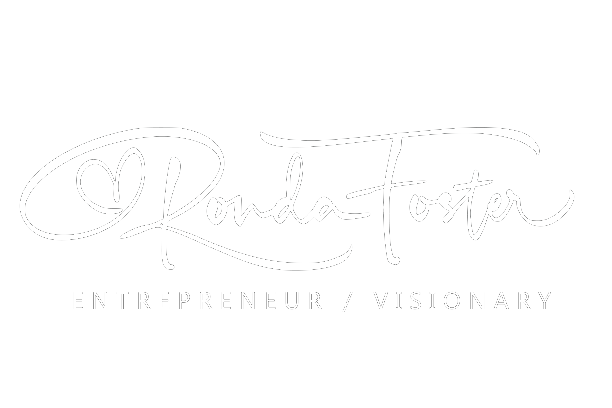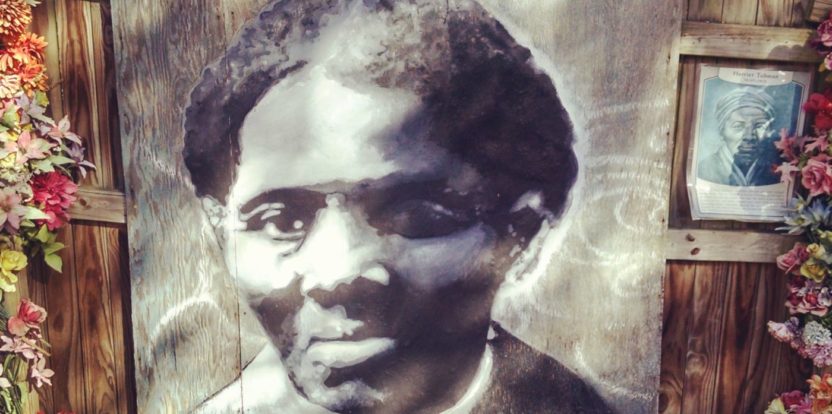Many new or modified herbal traditions arose within Black communities in North America. These traditions were most celebrated, documented, and depended upon in the Southeast, where slavery was most concentrated. Typical elements included a combination of African, European, and Indigenous healing modalities, medicinal herbs, spiritual practices, and folklore. Voodoo and Santeria are examples of this fusion whose practice is generally focused in the Caribbean, Louisiana, and other parts of the Deep South. Santeria is a branch of the traditional religion of the Yoruba people from Nigeria that merged with Catholicism as a means of survival. Thus the customary African gods are addressed under the names of Catholic saints. Voodoo is a religious practice from the Vodun religion of the Fon and Ewe tribes of Dahomey (now known as Benin) that also has some syncretic elements of Catholicism.
These traditions use medicinal plants in different ways from much of contemporary North American/European-centric herbalism. Some features include the use of talismans, mojo bags, and other items representing power and magic—often in the pursuit of healing and protection, or, in the case of bad intentions, hexes on enemies. Some of these practices are encompassed by the terms “hoodoo,” “mojo working,” and “rootwork.”
The exchange and fusion of knowledge that happened in the southeastern United States manifested a particular constitutional system of assessment that is still practiced today, as documented in the book Southern Folk Medicine by Phyllis D. Light. African American and Indigenous traditions also influenced one of the most famous historic herbalists of the South, Tommie Bass. Bass was also a teacher of Phyllis Light’s.1,2 Tommie is known to have studied as a youth with an elderly Black midwife by the name of Mollie Kirby.
Black women in particular were often responsible for healing and helping across the full trajectory of life— from birth to death—throughout the southeastern United States for centuries. The practice of African American midwifery long-outlived slavery until it was outlawed, especially in many parts of the South where there was a rush to “modernize” birthing practices. Maude Callen is one southern midwife whose life has been documented; others wrote their stories in autobiographical form.3–6 Black women continued to take care of white children as a matter of practice well into the mid-1900s in the southern US. A resurgence in Black midwifery is underway currently. (See blackmidwivesalliance.org)
Some of the major native plants of North America incorporated into the Afro-botanical healing tradition include:
- Black walnut (Juglans nigra)
- Cudweed (Gnaphalium)
- Devil’s walking stick (Aralia spinosa)
- Dogbane (Apocynum cannabinum)
- Dogwood (Cornus florida)
- Eastern red cedar (Juniperus virginiana)
- Holly (Ilex )
- Sassafras (Sassafras albidum)
- Pine (Pinus)
- Sumac (Rhus)
- Sweetgum (Liquidambar styraciflua)
- Black cherry (Prunus serotina)
- Wax myrtle, or bayberry (Myrica cerifera)
- Witch-hazel (Hamamelis virginiana)
Some plants introduced into North America from Eurasia that have found a home in African American healing include mullein/mullet (Verbascum thapsus), peach (Prunus persica), and pomegranate (Punica granatum). The book Resources of the Southern Fields and Forest by Francis Porcher gives a large survey of useful plant knowledge from the South during the Civil War.
Black Herbalists in Literature & History
A couple of North American Black herbalists have entire books dedicated to their perspective, including Maude E. Scott of Florida and John Lee of North Carolina.7,8 Clearly, in both cases their practices were influenced by both mainstream herbal literatures as well as Indigenous knowledge passed down by elders. Emma Dupree is another North Carolina herbalist who has been honored, as seen in this YouTube video.
A number of other healers are also given monographic treatments in the exceptional book Working the Roots by Michelle E. Lee.9 A great quote from that book is: “My mother didn’t carry us to no doctor” by Oscelena Harris, typifying the can-do attitude of many Black people in rural locales. The book Black Indian Slave Narratives by Patrick Minges offers a deeply complex look into the lives of several people and their connection to slavery and mixed ancestry with fascinating tidbits of botanical lore, including the making of persimmon (Diospyros virginiana) beer.10 The African American Slave Narratives documented by the Works Progress Administration is a trove of knowledge about all manners of life in the South from the 1800s to the early 1900s that can be found in print and online.
The Gullah/Geechee community of the Sea Islands off the coast of the Carolinas and Georgia represents a special group that was isolated from mainstream society into the mid-1900s. At least 76 species of plants have been documented for medicinal use from this area.11,12 Quite a few other plants that are known to be medicinal in West Africa are also found in this eco-type and could thereby be theorized to have a traditional use as well.13 The Gullah/Geechee are now best known for their world-famous baskets that reflect only a fraction of their practices and world views related to herbalism and spirituality derived from African roots. The community hosts the Gullah Geechee Herbal Gathering, which is a one-day conference for Black and Indigenous people and people of Gullah Geechee heritage. This annual conference is geared towards exploring the historical and cultural uses of herbs and plant medicine in the Gullah/Geechee Nation and within the diaspora.
George Washington Carver is one of the most famous Black scientists of all times. He worked with all sorts of plants as well as fungi, but is probably best known for coming up with a multitude of applications for the peanut. Many books have been written about his life.14–16 Less known is his connection to a Black herbalist and midwife named Mariah Watkins. In Asheville, NC, where I mostly reside, one of the first public food forests of the modern age was established around 20 years ago and is named in Carver’s honor.
–
–
Harriet Tubman is most well-known as someone who helped liberate enslaved peoples. However, she was also a naturalist who was very knowledgeable about the plants around her. She employed herbalism to help the folks in her charge. Activist and farmer Leah Penniman writes about this and more of the African American herbal tradition in her book, Farming While Black.17
–

